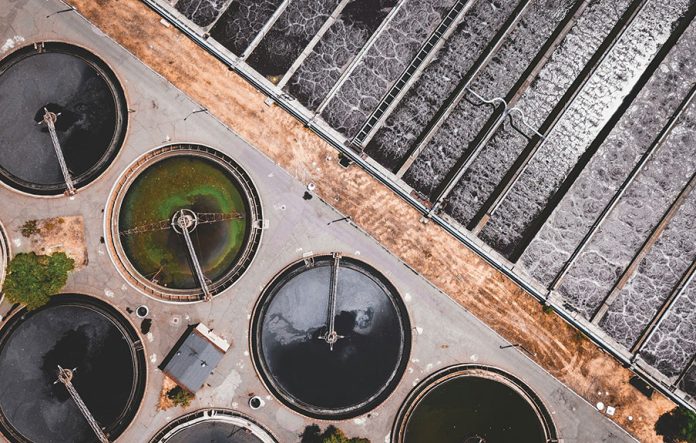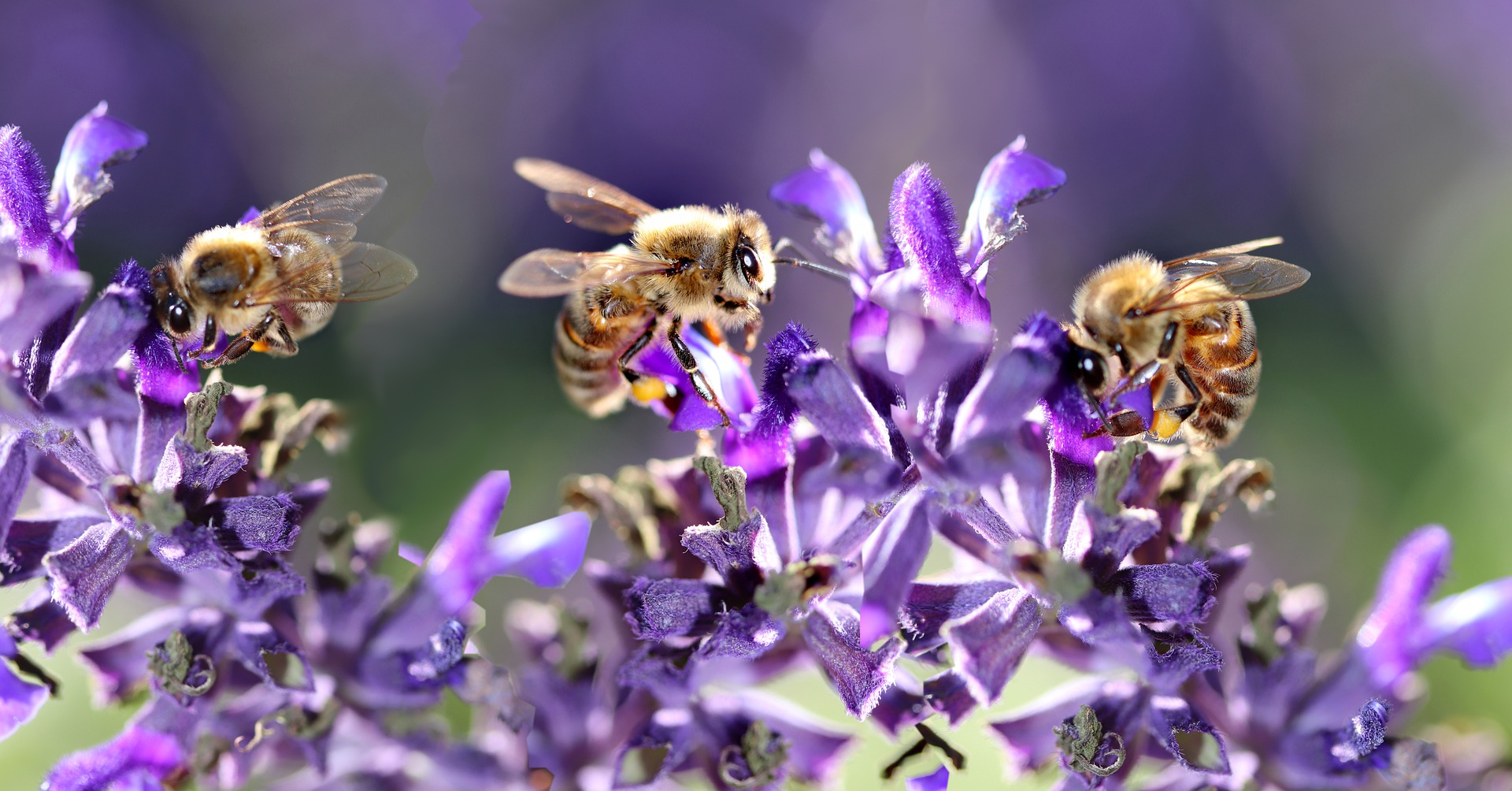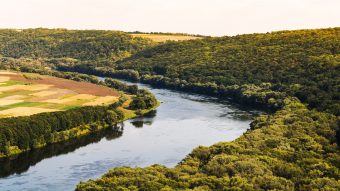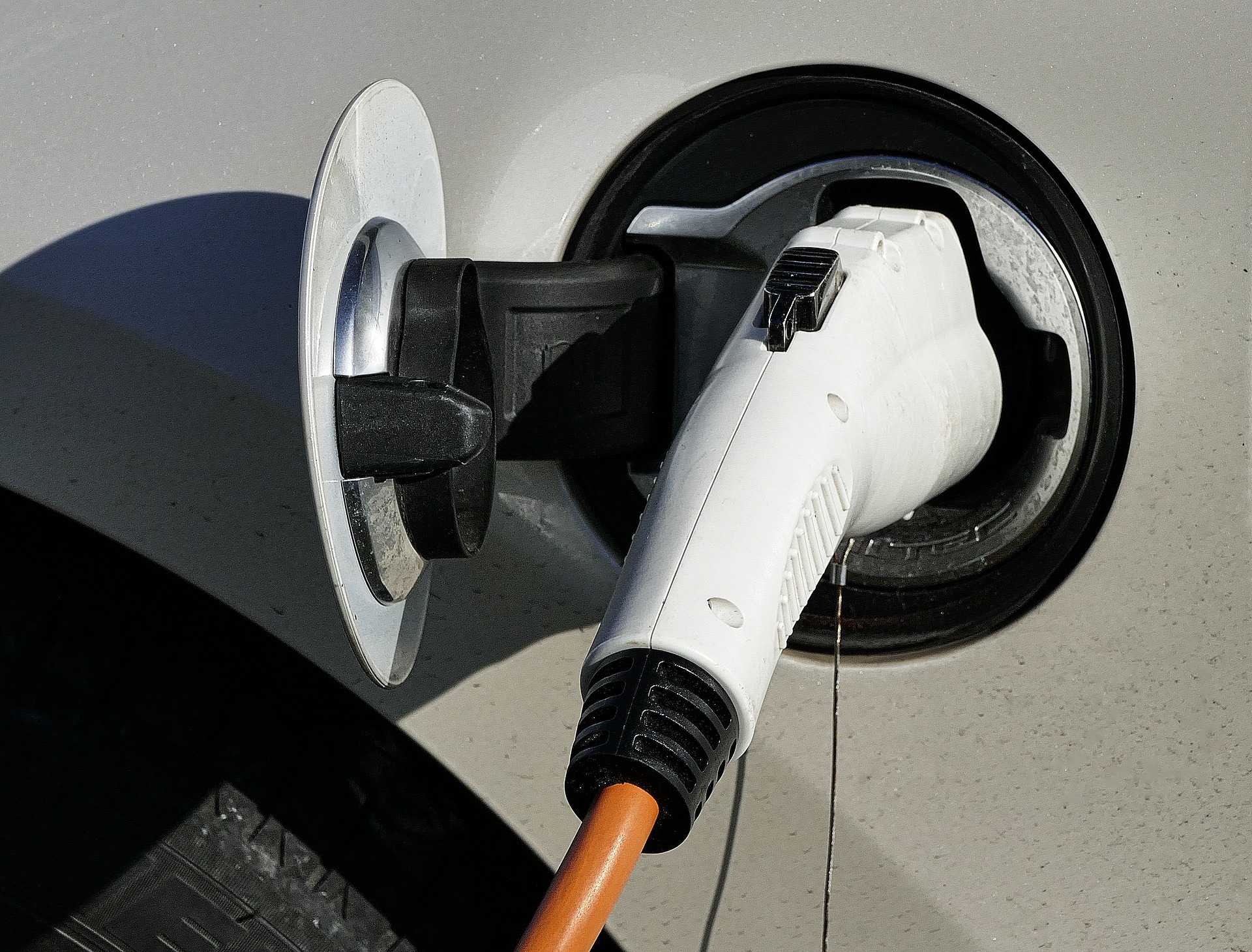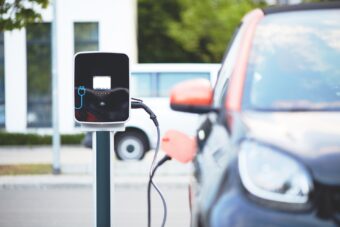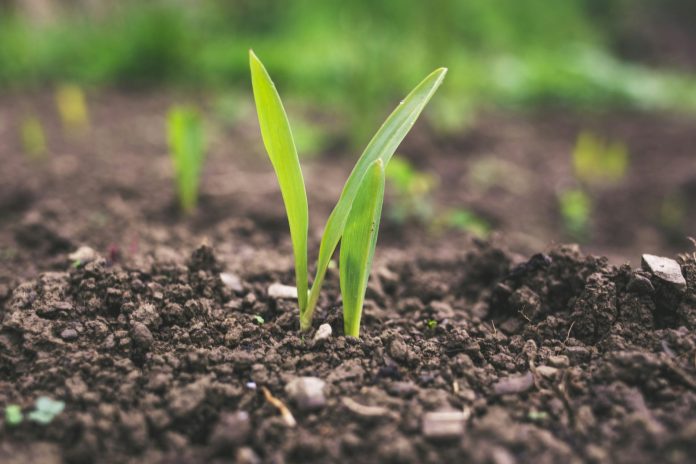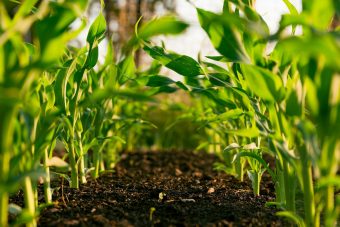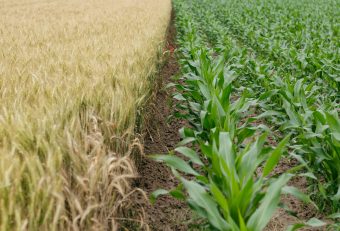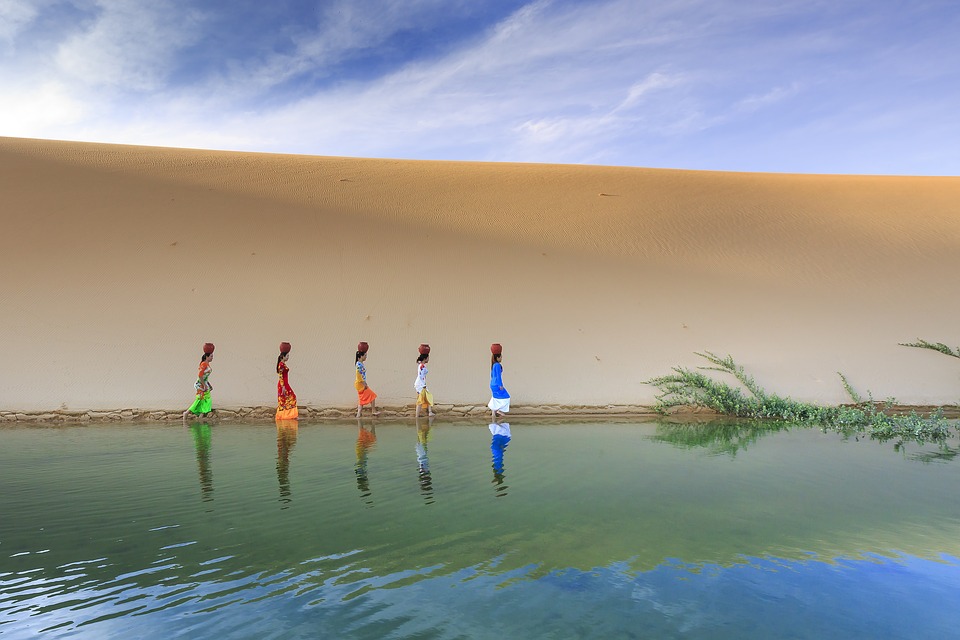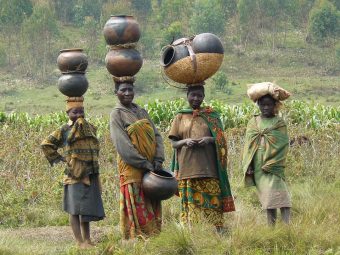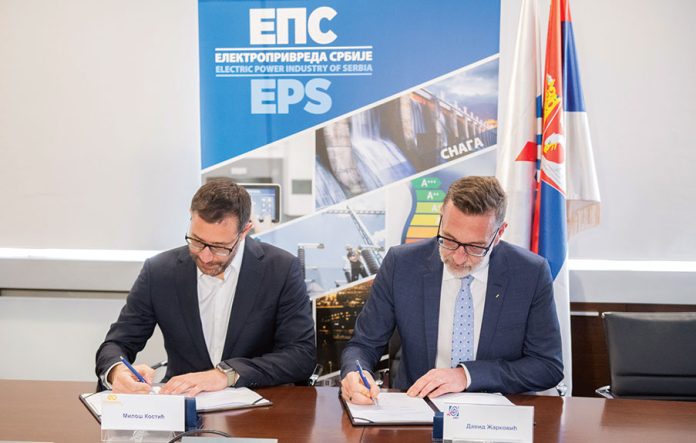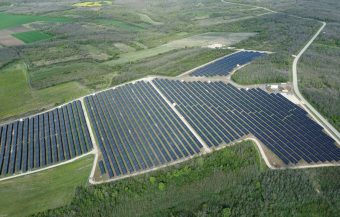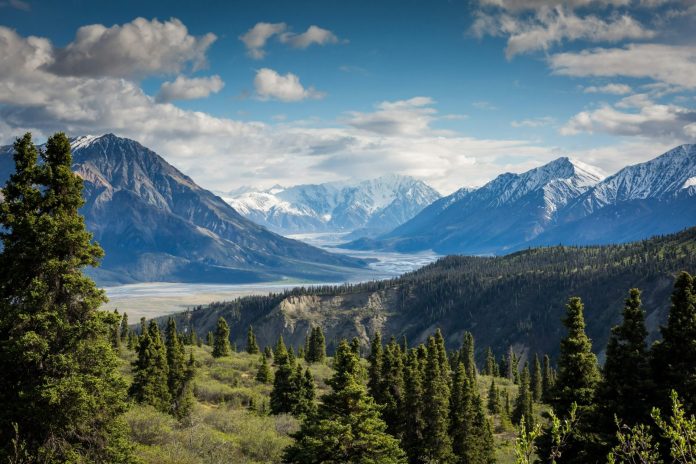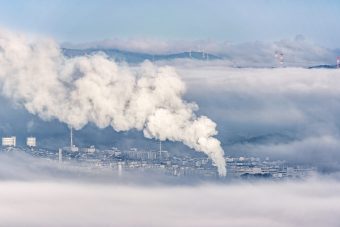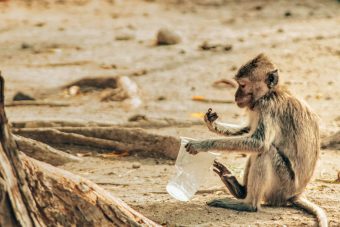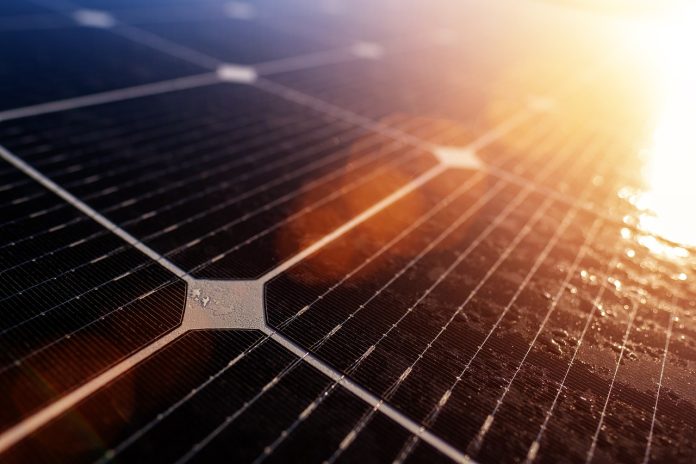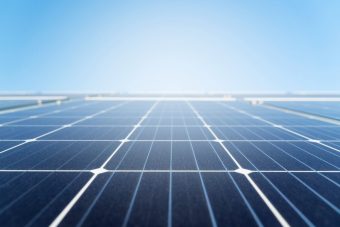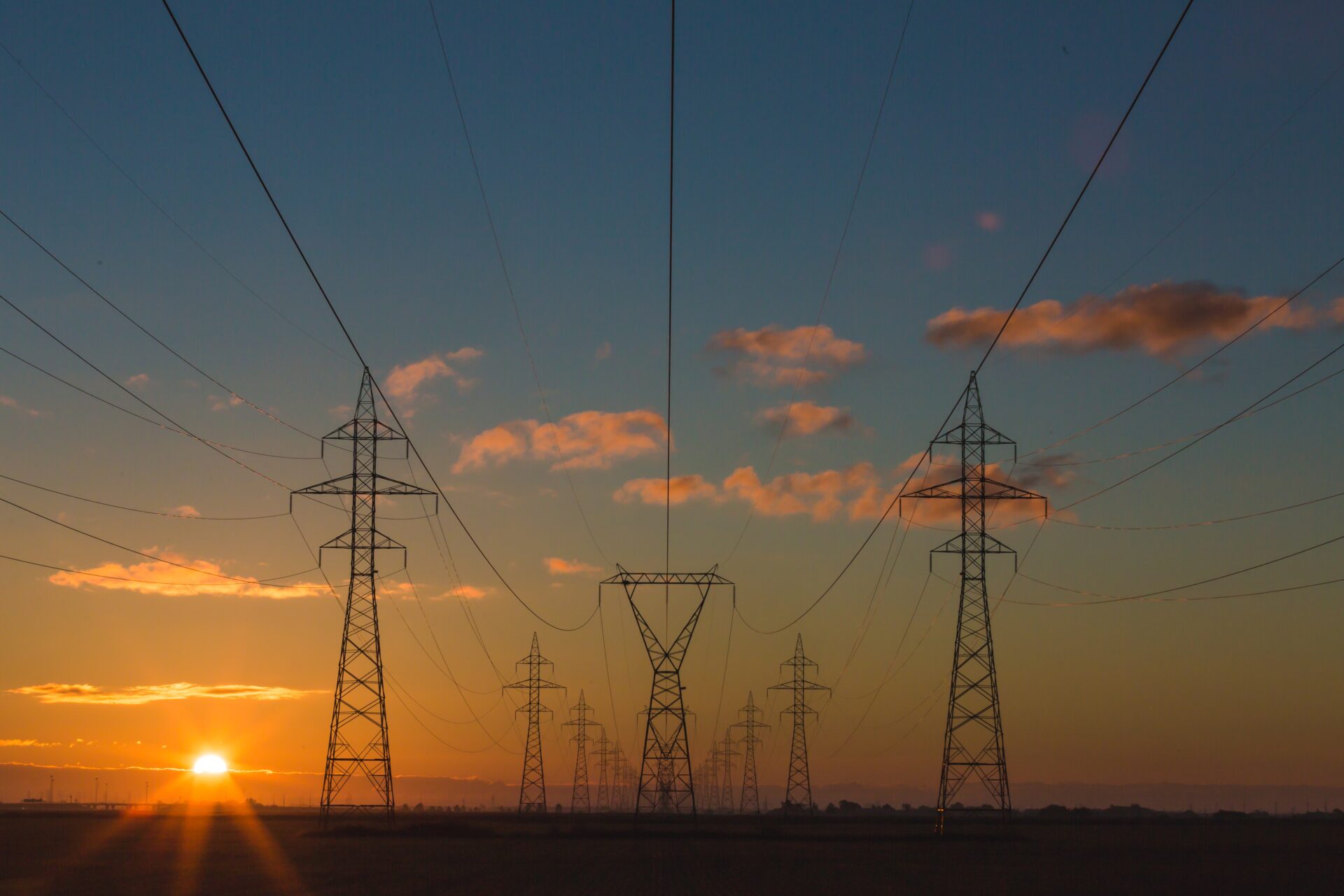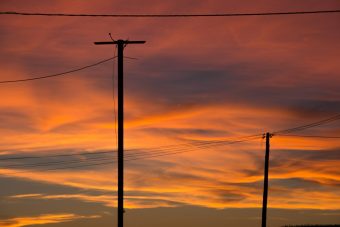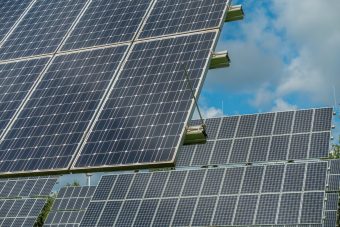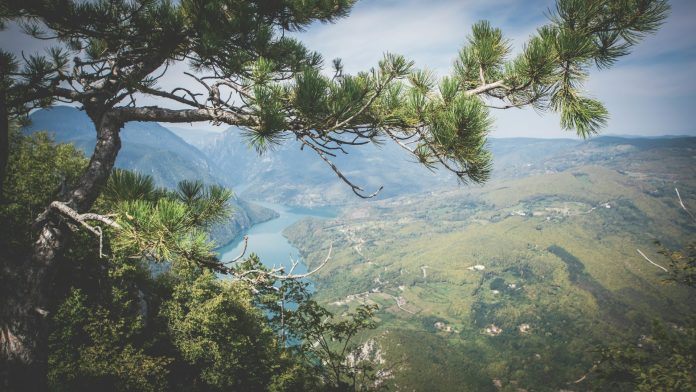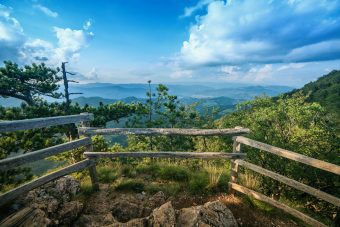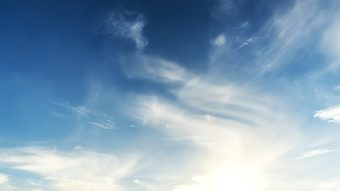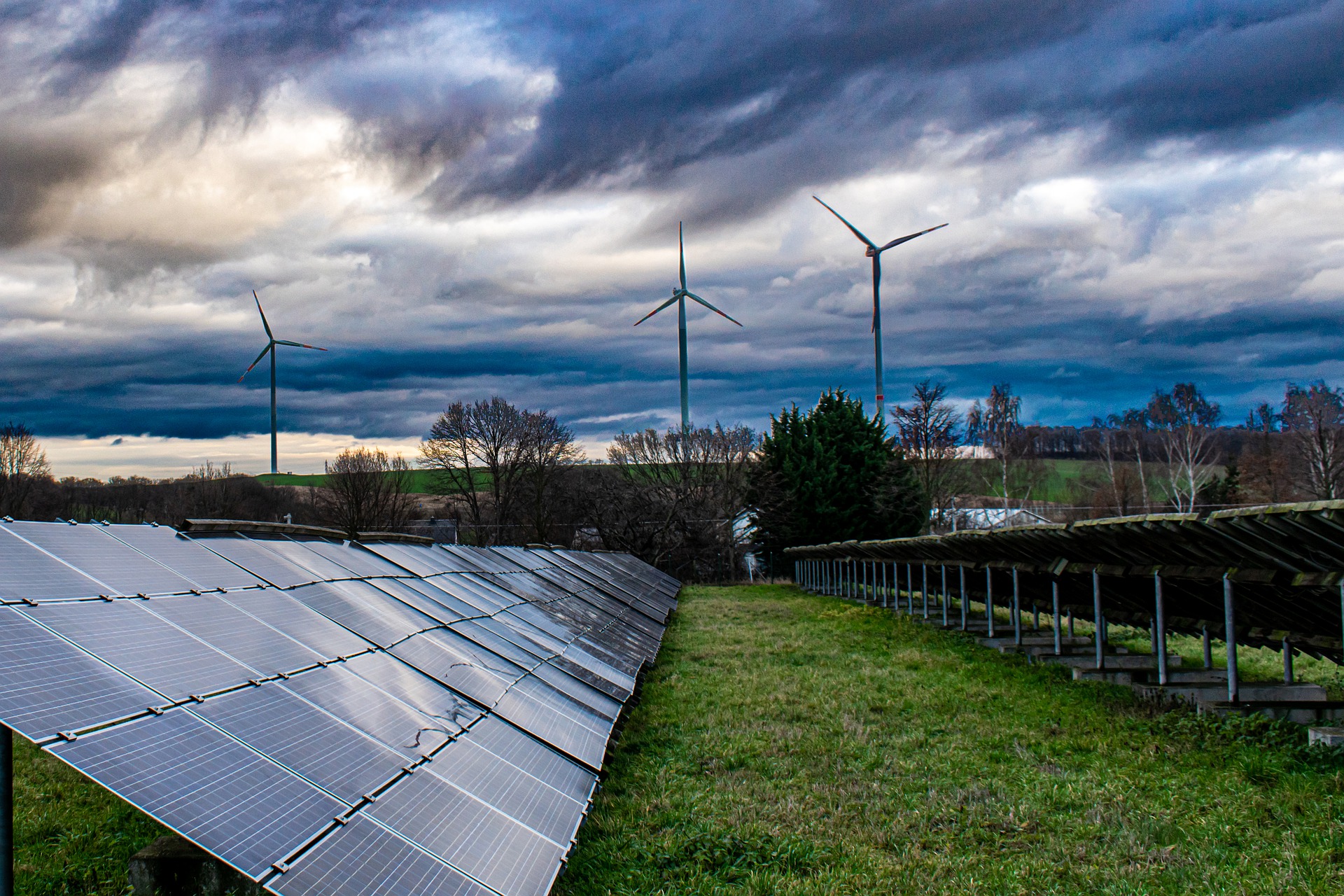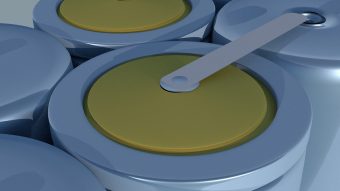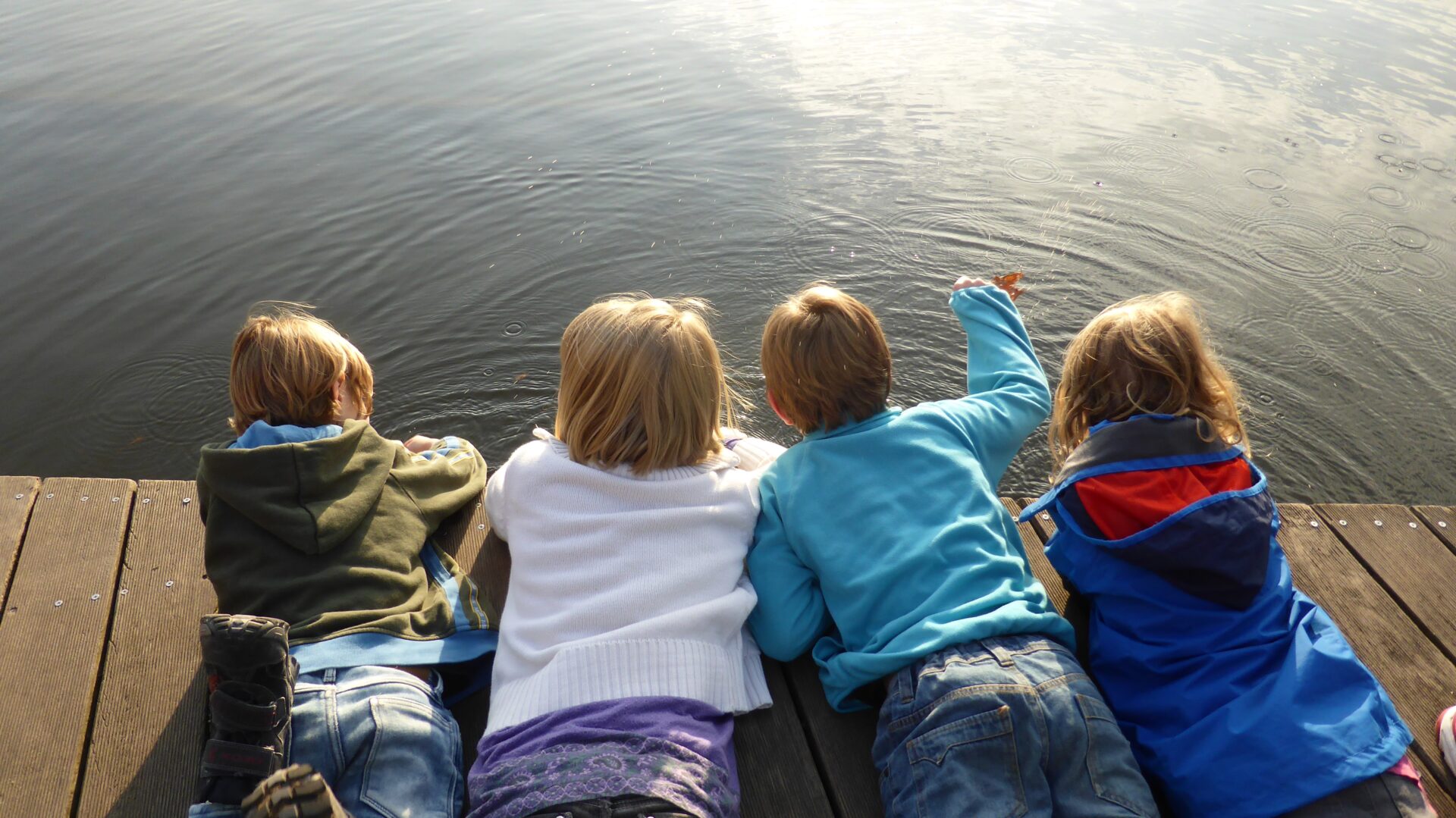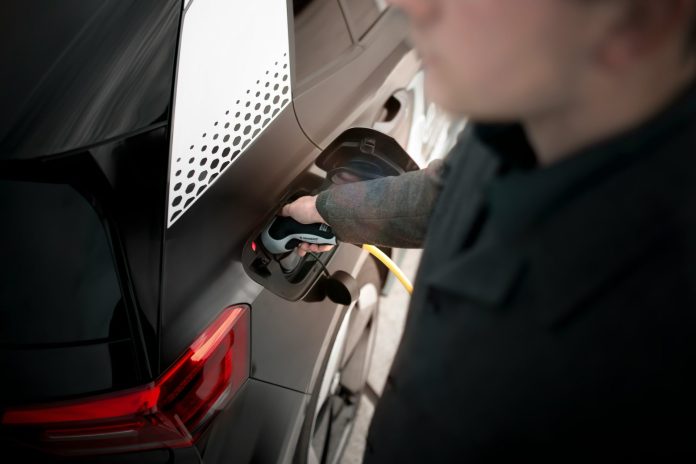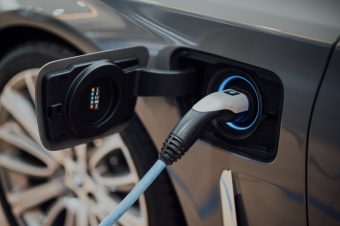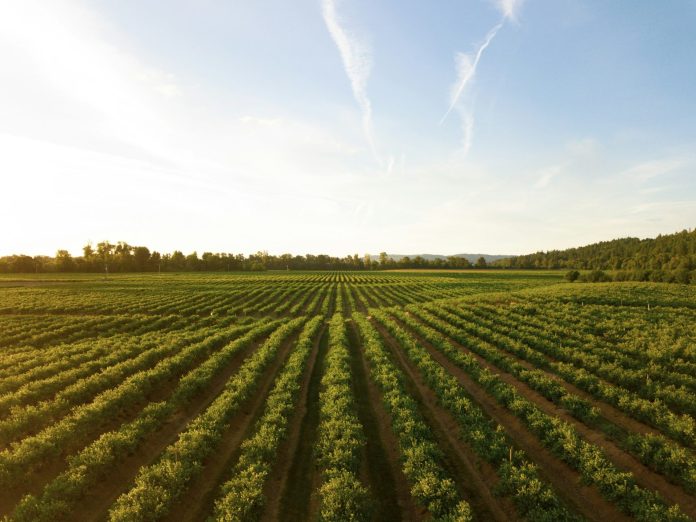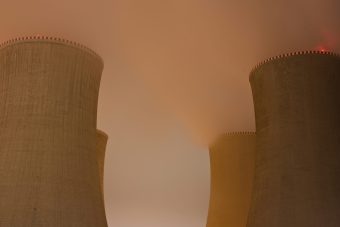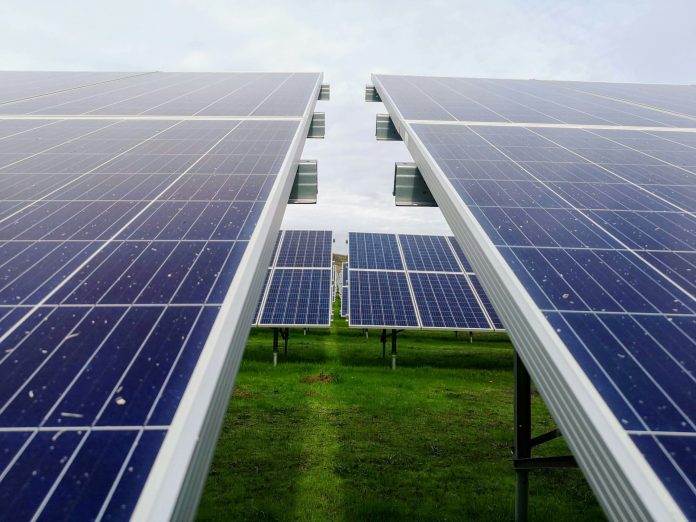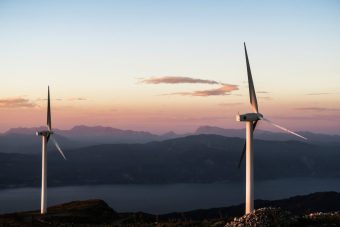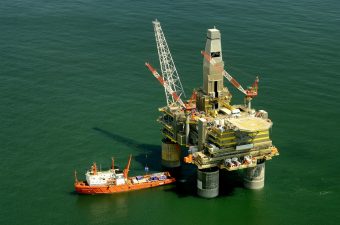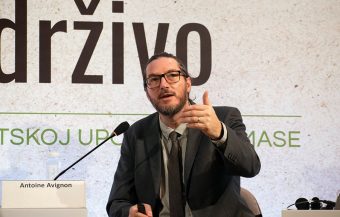
The European Union launched the European Green Deal, paving the way for a comprehensive approach to green in all sectoral policies. The Green Deal was extended to the Western Balkans in the form of the Green Agenda, which was adopted by all the countries of the region. The Deal’s priorities are decarbonization, the fight against pollution, biodiversity, circular economy, and food systems.
The EU provides support in various forms – technical assistance to ministries when drafting laws and policies, investments, especially in wastewater treatment plants and waste centers and assistance with policy dialogues, including attracting public attention through various public events and the media. The Green Agenda for Serbia project successfully supports green innovations pilot projects.
We spoke with Antoine Avignon, Programme Manager for Environment and Climate Changes at the EU Delegation to the Republic of Serbia, about how they support the processes of green transition, whether we are doing enough on implementing mechanisms to reduce harmful gas emissions, the legal framework for the adoption of the National Energy Climate Plan in Serbia (NECP) and facilitating education and the development of awareness about environmental protection.
IN FOCUS:
- DEVELOPMENT OF ENVIRONMENTAL PROTECTION
- IMPROVING ENVIRONMENTAL PROTECTION IN SERBIA
- A NATURAL SOLUTION FOR SLOWER DECAY OF FRUITS AND FAGETABLES
Q: In what other ways does the EU Delegation support implementing the green transition in Serbia?
A: The very process of European integration is a process through which Serbia becomes green. To help Serbia become green, the European Union has invested 582 million euros in environmental protection. Thanks to our projects related to gas pipelines, there will be less harmful emissions and less polluted air. The EU supports Serbia in achieving its own environmental protection and climate action goals to gradually raise them to the EU level while boosting the awareness of individuals, the private sector, and the media. The most important results of this support to Serbia are constructing wastewater treatment plants in Subotica, Šabac, Leskovac, Kula, Vrbas, Raška, Niš, Kraljevo, Brusand Blac. The support also includes renovating the water supply system in Požarevac, Inđija, and Petrovac na Mlavi. Also, a water supply system was built from the ground up in Veliko Gradište. The EU financed the ash disposal system and the installation of the filtration system at the Nikola Tesla TPP. Equipment for monitoring the emission of harmful substances has also been installed in TENT A and B and Kolubara TPP. Regional landfills were built in Pirot, Užice, Sremska Mitrovica, Šabac and Subotica. A medical waste management system has also been developed. The first regional sanitary landfill in Duboko was opened thanks to EU assistance. It now serves nine municipalities in western Serbia and stores 80,000 tons of waste annually. The EU financed the flood defense system in Šabac with 10 million euros. In Subotica, the Delegation funded the construction of a modern Regional Waste Management Centre with 20.3 million euros.
Q: Is enough being done to implement mechanisms to reduce harmful gases in Serbia? How are we progressing towards reducing greenhouse gas emissions by 50 per cent by 2030?
A: The data on the emission of harmful gases show that the biggest source of sulfur and nitrogen oxides and suspended particles is fuel combustion, which happens during electricity and heat production. At the same time, road traffic contributes to emissions to a lesser extent. The EU also financed the installation of 28 measuring stations and instruments for automatic monitoring of air quality. In February 2020, when air pollution in Serbia was above permissible limits for days, the EU supported Serbia in taking action and addressing this issue to prove how the European integration process can be helpful by offering expertise, examples of good practices, and investments. The emission of particles into the air above Obrenovac and its surroundings has been reduced by as much as six times.
Q: The Rulebook on the Detailed Content and guidelines for Determining the National Goals of the Integrated National Energy and Climate Plan (NECP) was approved. Is there a sound legal framework and legislative system for adopting the NECP?
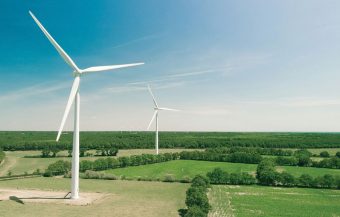
A: The Law on Energy lays a good foundation for the drafting and adopting the NECP. We provided technical assistance over four years to prepare and develop the first NECP that covers the period until 2030. This is a highly demanding and challenging process for countries that rely on fossil fuels and traditional inefficient energy use. Serbia has numerous other opportunities, technologies, and policies at its disposal that could diversify energy sources, bring additional renewable energy, and reduce consumption. It is essential to point out that the lower ambitions of the Serbian NECP are to achieve climate neutrality by 2050 and even by 2030 in terms of renewable energy sources and energy efficiency. We are following this process. We will help Serbia increase its targets during the implementation and reporting of the NECP in the coming years. Next year, Serbia should finalize and adopt the NECP, following the energy and climate goals of the Energy Community covering the period until 2030, considering the recommendations of the Energy Community Secretariat and the energy sector.
Interview by Mirjana Vujadinović Tomevski
Read the whole interview in the new issue of the Energy portal Magazine NATURE CONSERVATION.

